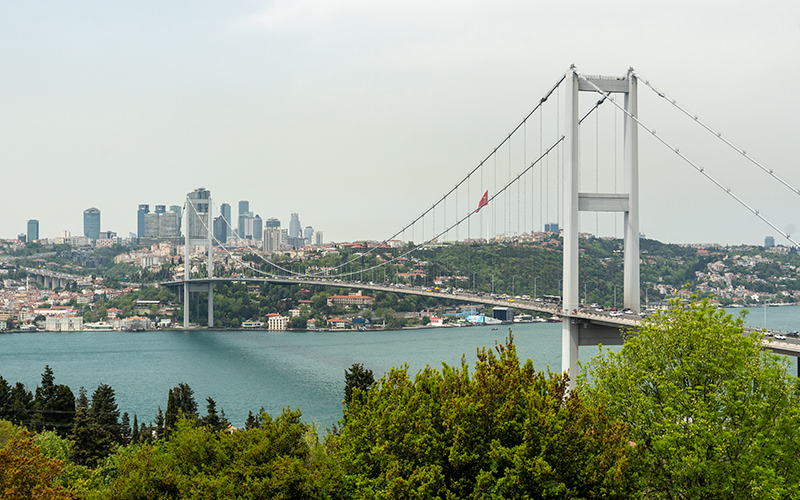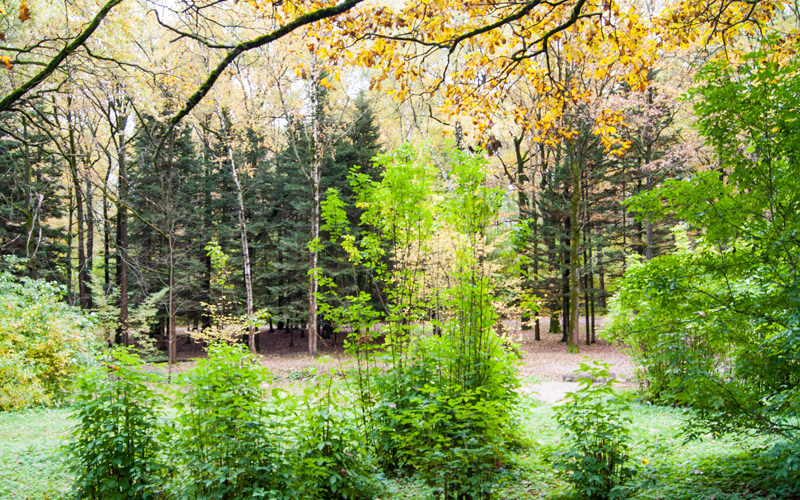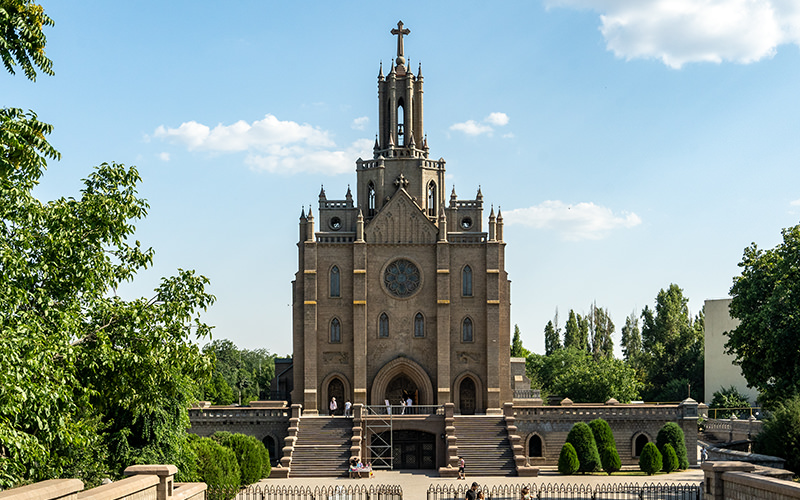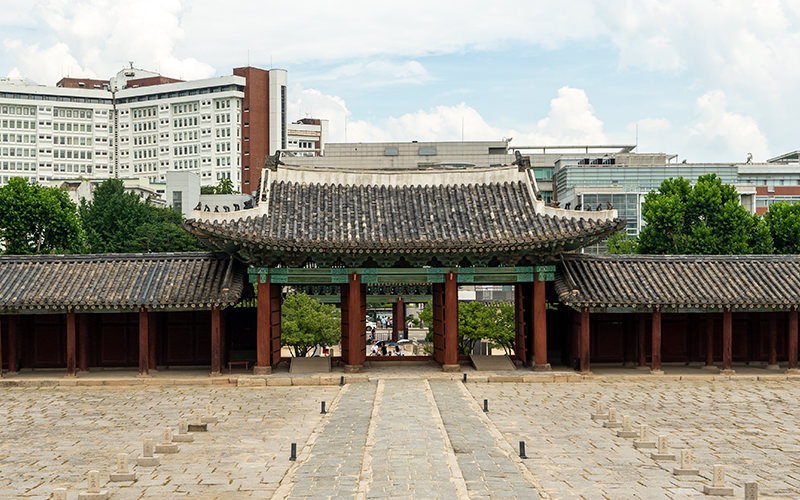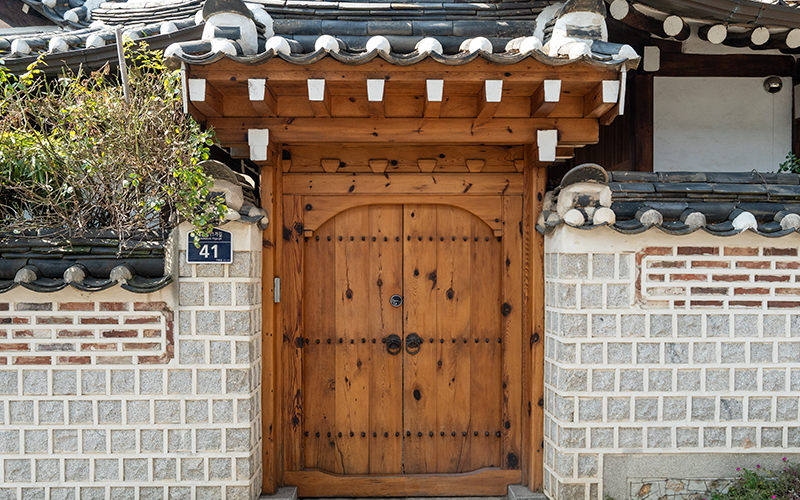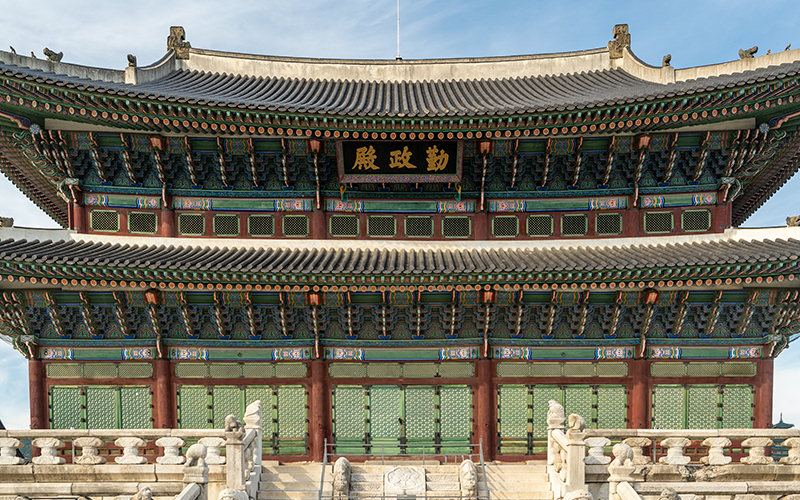During my first trip to Seoul, I managed to visit only the city’s most popular tourist attractions. Returning here this summer, I added to my itinerary several locations that travelers don’t often visit. One of those places, in my opinion, was a large complex with a shrine, palaces, and gardens. This ensemble is located in the city center, not far from Jongno 3 (sam)-ga Station.
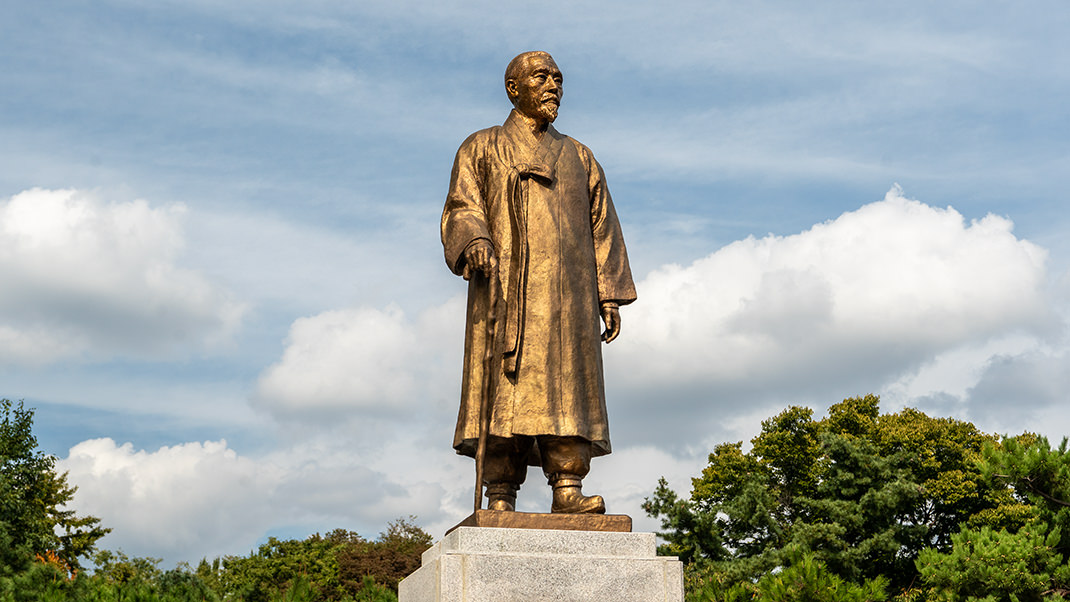
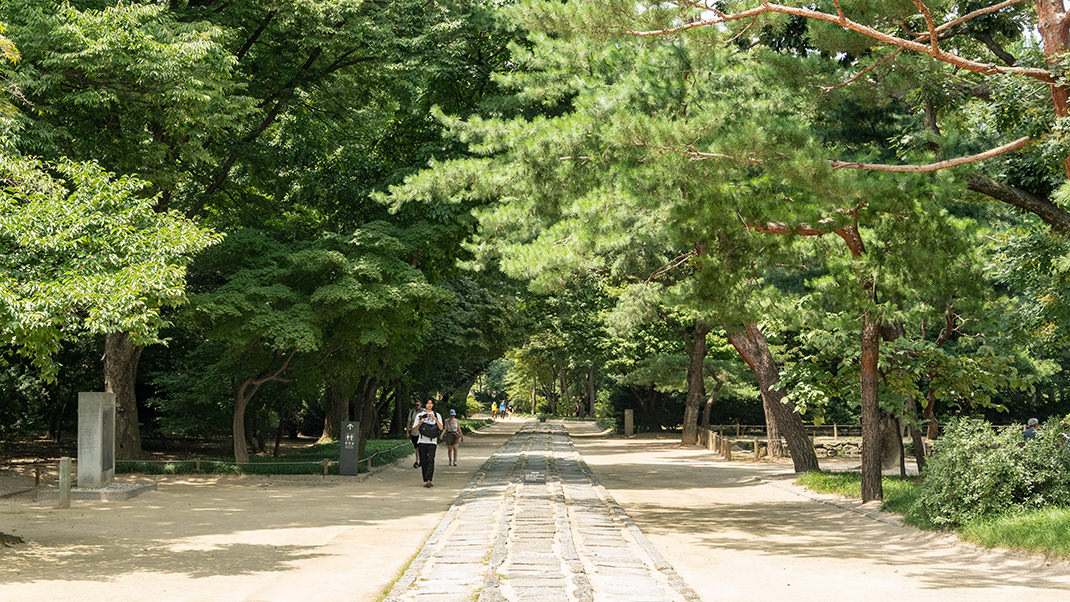
Jongmyo Shrine: An Ancient Site for Royal Ceremonies
Jongmyo Shrine is not a single building but an entire complex of religious structures. At its center stands the Main Hall (Jeongjeon). In the past, after a ruler’s death and a three-year mourning period, memorial tablets bearing the deceased’s name were brought into this building. Inside Jeongjeon there are 19 rooms, each dedicated to a different king.
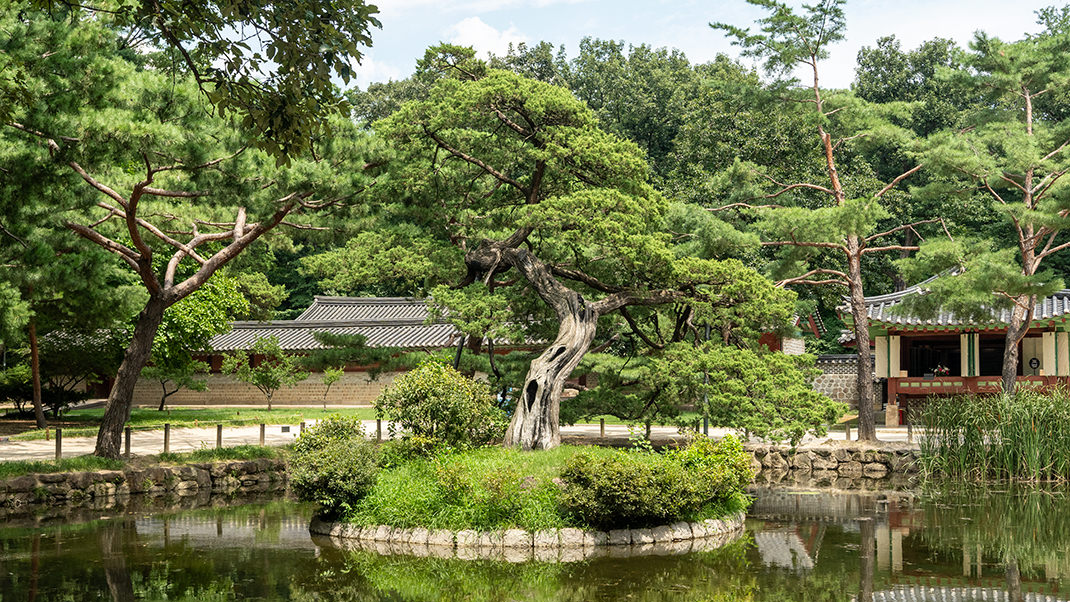
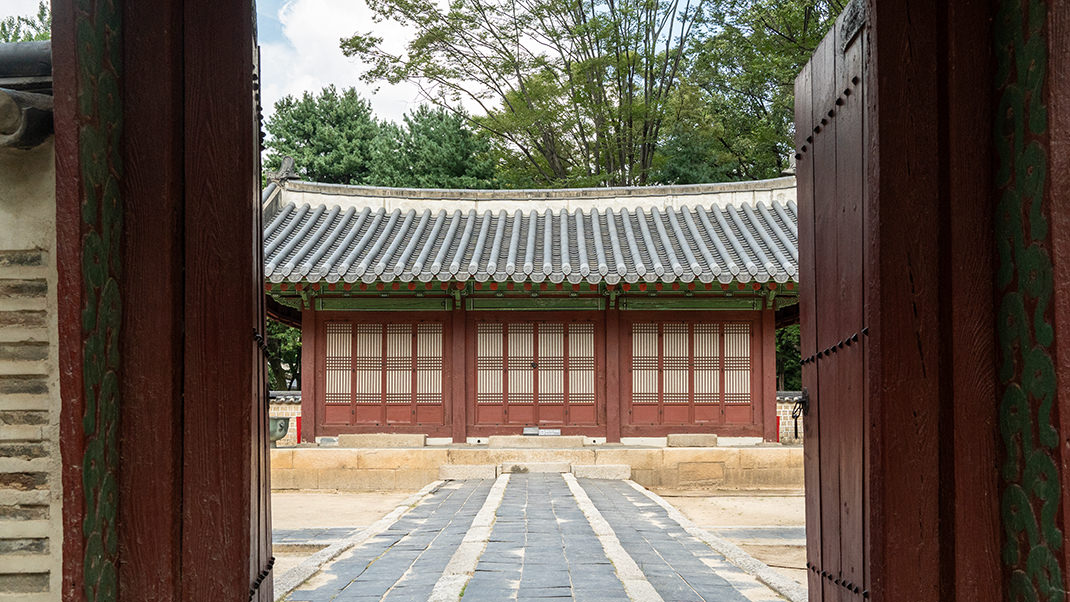
In front of Jeongjeon, there are two small buildings. One of them held tablets honoring the rulers’ most distinguished subjects. The other contained tablets of the spirits of seven heavenly gods, where prayers for the royal family’s and the nation’s well-being were offered.
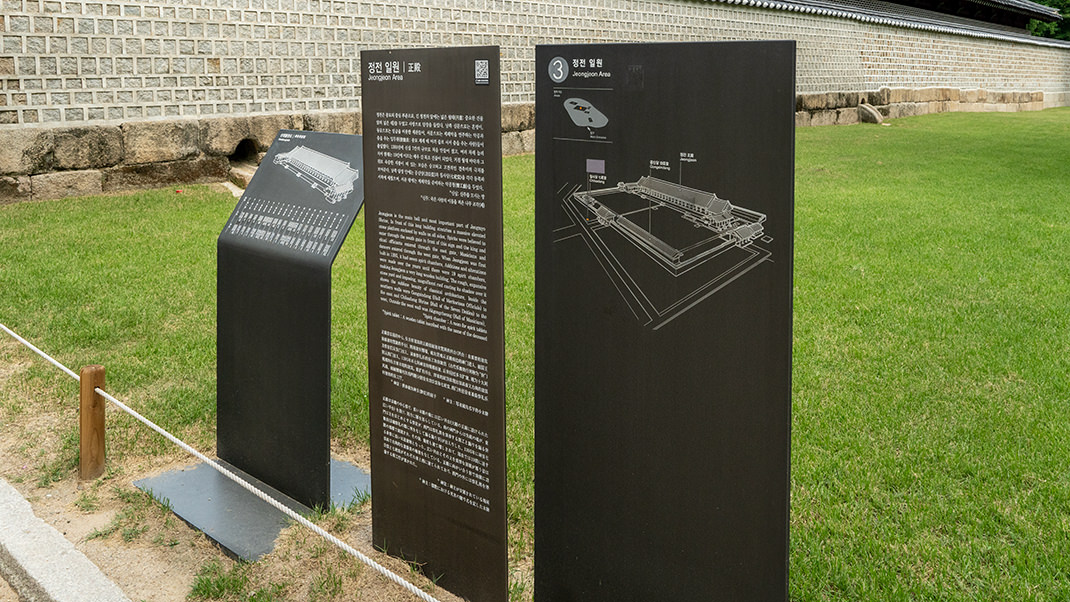
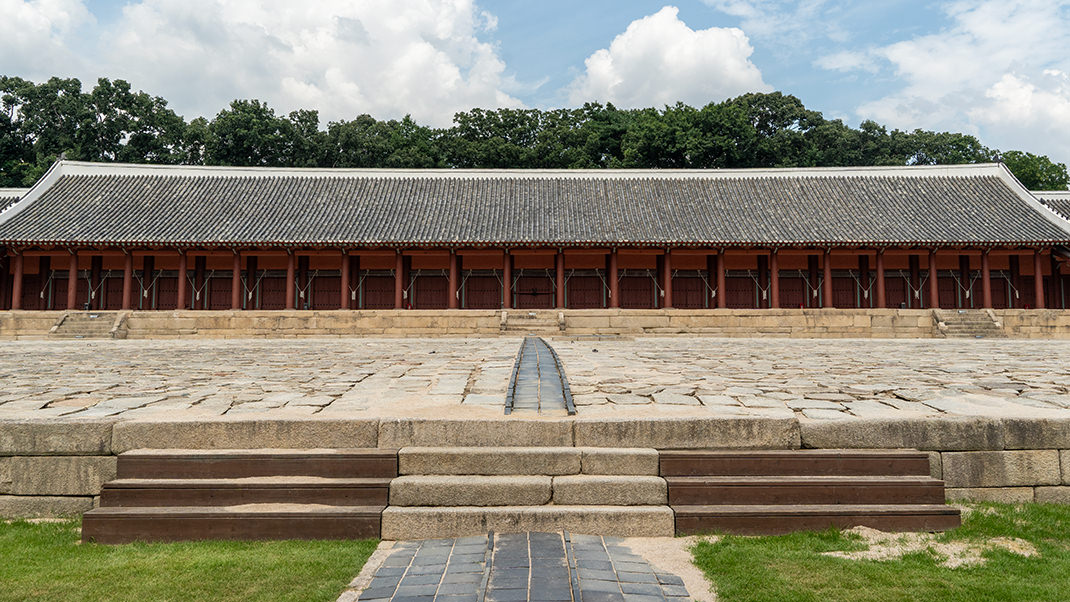
Nearby are several smaller buildings. According to guidebooks, in the western pavilion called Yeongnyeongjeon — translated as “Eternal Peace for the Royal Ancestors and Descendants” — memorial ceremonies were held for royal ancestors. Here are enshrined the tablets of 16 kings and 18 queens. In the eastern pavilion, Jeongsacheong, ritual dishes were stored for use during ceremonies.
The shrine was built during the reign of Yi Seong-gye, who was politically active in the late 14th century. Yi Seong-gye (temple name Taejo) was the founder of the Joseon Dynasty and initiated the relocation of the capital to Hanyang (Seoul). In 1398, the ruler abdicated the throne.
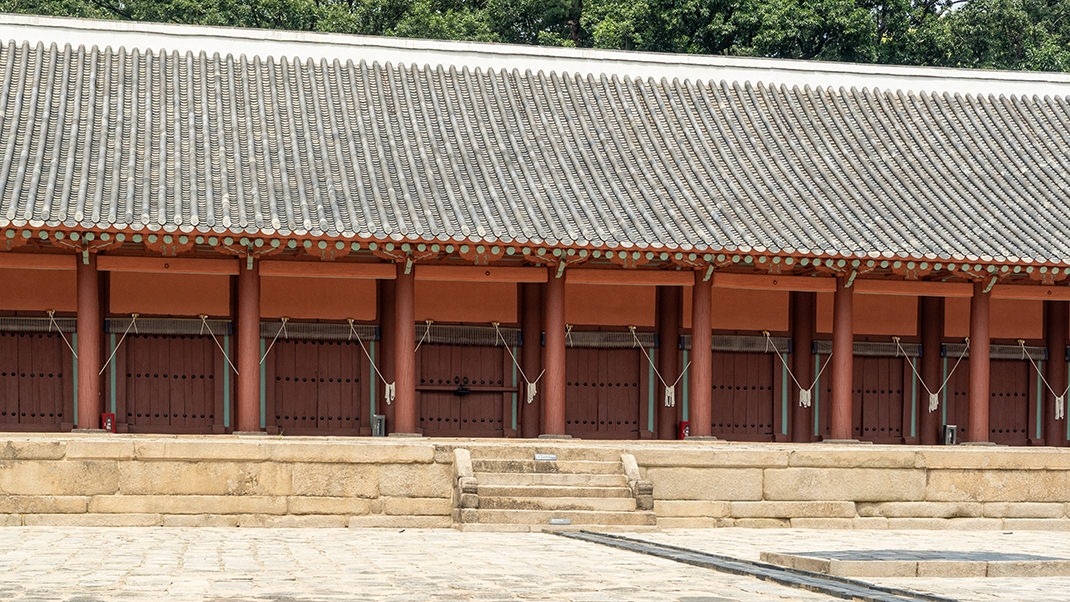
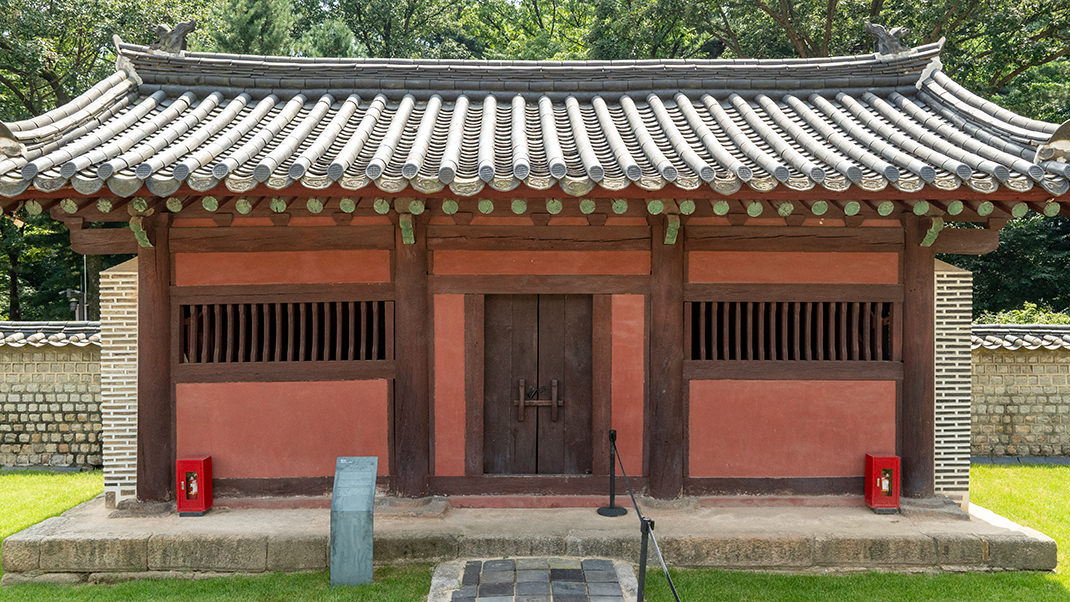
The ceremony known as Jongmyo Daeje is still performed on the shrine grounds today. Travelers can witness it once a year, on the first Sunday of May. The ritual involves offering food to the spirits of ancestors at their memorial tablets. In the past, reigning monarchs personally took part in the ceremony. Today, it is inscribed on UNESCO’s List of Intangible Cultural Heritage.
The shrine is located within a green park area, allowing visitors to combine learning about history with a pleasant walk among ponds and tree-lined paths.
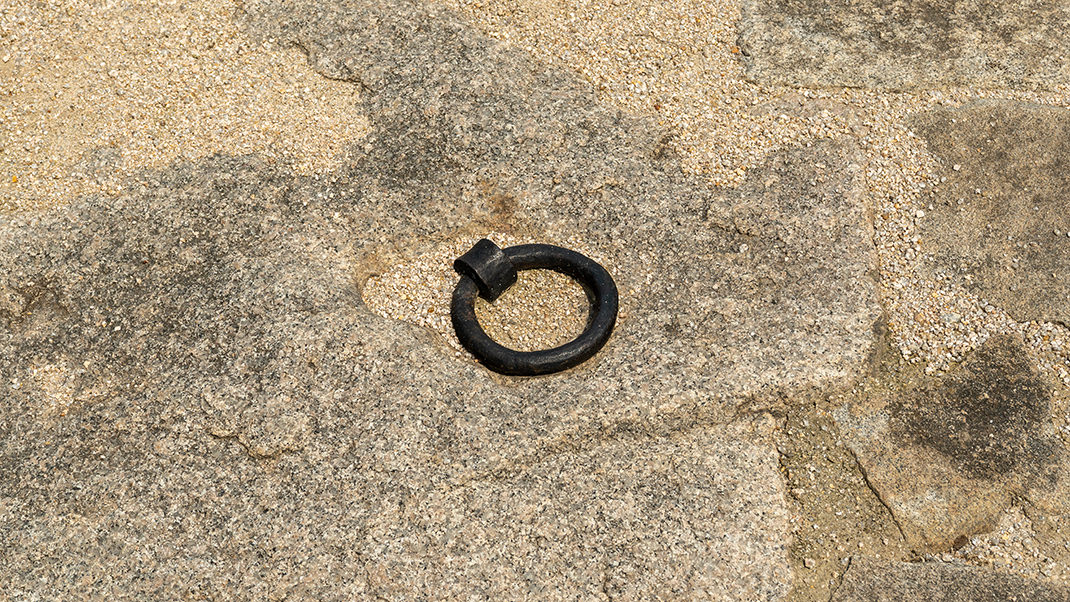
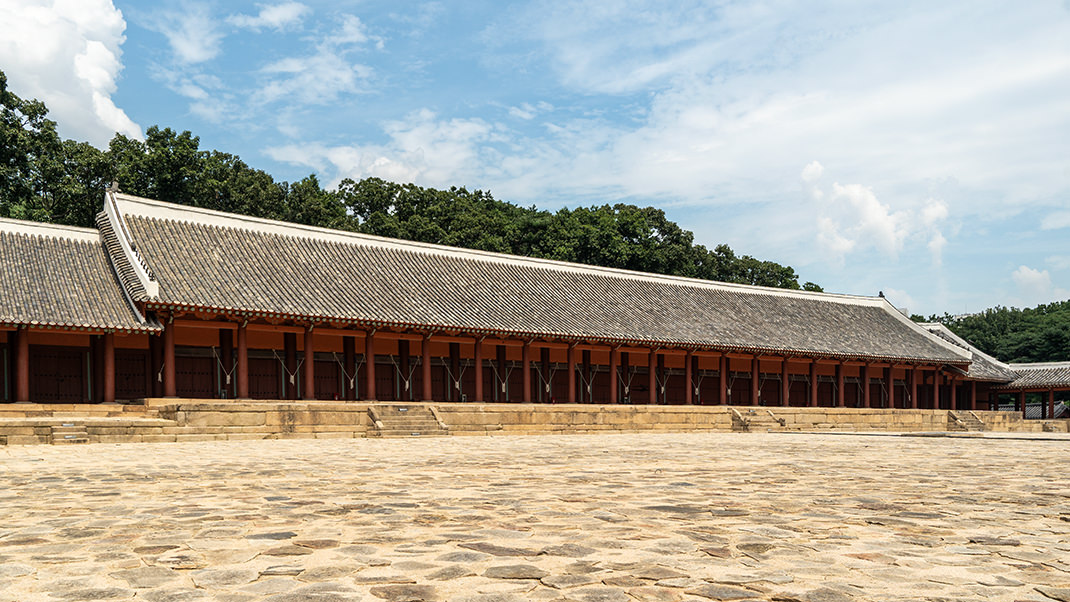
How to Get There by Subway
I took the green subway line. To avoid transfers, I exited through Exit 3 of Euljiro 4(sa)-ga Station and walked to the shrine, which took about ten minutes. Jongno 3 (sam)-ga Station is located slightly closer to the entrance.
Admission to the site is very inexpensive — 1,000 won. I didn’t manage to get inside on my first attempt because I hadn’t checked the opening hours in advance. It turned out that the shrine and palace complexes are closed on Tuesdays. However, when I came back the next day, admission was free. This promotion takes place on the last Wednesday of each month and is called Culture Day.


I took quite a few photos in the complex, so I decided to split the material into three parts. In my next article, I’ll tell you about the palaces located here.
Have a nice trip!


